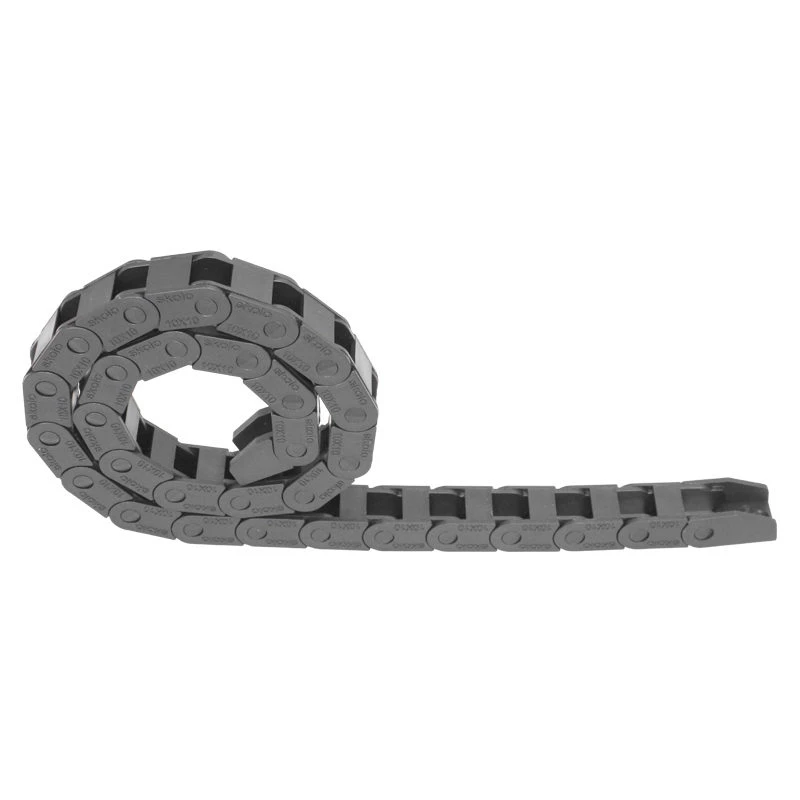synchronous belt vs timing belt
Synchronous Belt vs. Timing Belt Understanding the Differences
When it comes to mechanical systems, ensuring synchronization between various components is crucial for optimal performance. Two common types of belts used in these systems are synchronous belts and timing belts. While the terms are often used interchangeably, they have distinct characteristics and applications that set them apart. In this article, we will explore the features, benefits, and differences between synchronous belts and timing belts to help you make an informed decision for your engineering or automotive needs.
Defining Synchronous and Timing Belts
A synchronous belt, also known as a toothed belt, is designed to synchronize the rotation of two or more shafts. These belts have small teeth that fit into grooves on the pulleys, which prevents slippage and ensures that the driven component moves in sync with the driving component. Synchronous belts can be made from various materials, including neoprene and polyurethane, and they are often reinforced with fiberglass or steel for added strength.
On the other hand, a timing belt specifically references a type of synchronous belt used in internal combustion engines. Its primary function is to synchronize the crankshaft with the camshaft, ensuring that the engine's valves open and close at the proper times during each cycle. Timing belts also feature teeth that correspond with the gears they drive, which delivers precise timing—hence the name timing belt.
Key Differences
1. Applications - Synchronous Belts These belts find their way into various applications, including conveyor systems, robotics, and industrial machinery. They are versatile and designed for environments that require precise movement without slippage. - Timing Belts Primarily found in vehicles, timing belts play a critical role in engine function. They must withstand high temperatures and pressures, as they operate in a highly dynamic environment. Any failure of a timing belt can lead to catastrophic engine damage.
synchronous belt vs timing belt

2. Construction - Synchronous Belts These belts may come in different designs, including open-ended versions. Their teeth are often spaced apart more generously and can have different profiles based on the application, which provides flexibility for various setups. - Timing Belts Timing belts have a very specific tooth design that must mesh perfectly with the pulleys in an engine. The toothed profile is universally standardized to ensure reliability and compatibility with a wide range of engines.
3. Lifespan and Maintenance - Synchronous Belts Generally, synchronous belts can last longer, depending on the application. They may require periodic inspections, but replacement intervals are often flexible. - Timing Belts A timing belt typically has a recommended lifespan, often around 60,000 to 100,000 miles, depending on the vehicle manufacturer. Failing to replace a worn timing belt can result in engine failure, making preventive maintenance critical.
Advantages of Each Belt Type
Synchronous Belts - Reduced Noise They operate more quietly than chain systems. - Flexibility They can be used in various environments and applications, providing versatility in design. - Low Maintenance Synchronous belts often require less maintenance than chains or gears.
Timing Belts - Precision Timing They allow for precise synchronization, which is vital in engine operation. - Lightweight Timing belts are lighter than chains or gears, contributing to overall engine efficiency. - Cost-Effective In many cases, they are less expensive to manufacture and replace than alternative options.
Conclusion
In summary, while synchronous belts and timing belts share similarities in design and function, they serve different purposes across various applications. Understanding the nuances between these two types of belts can help you select the right one for your specific needs—whether it be in an industrial setting or within an automotive engine. By considering factors such as application, construction, maintenance requirements, and advantages, you can make a more informed decision when it comes to belt selection for your projects.








